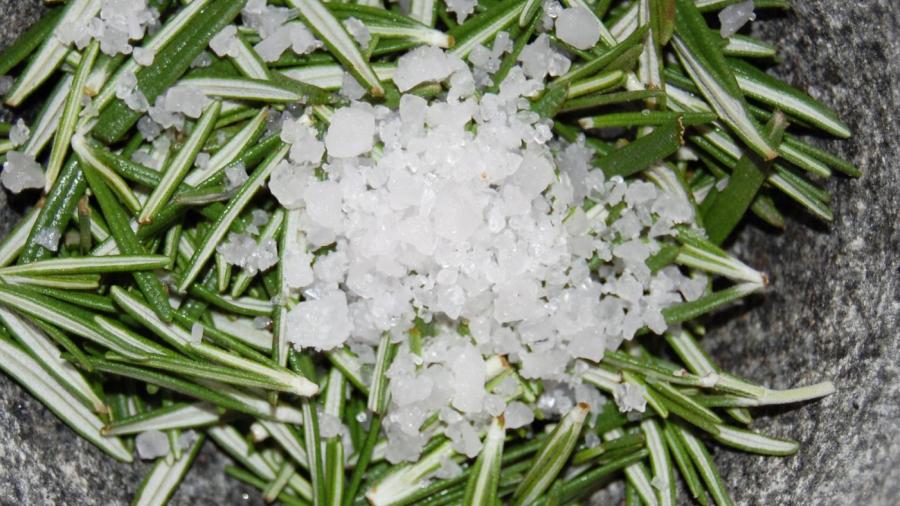What Is the Difference Between Sea Salt and Table Salt?

The difference between sea salt and table salt is that sea salt contains impurities and trace minerals such as iron, zinc and potassium, while table salt lacks impurities and trace minerals. Other differences between sea salt and table salt are in their texture, taste and processing.
Sea salt forms due to evaporation of water from salty lakes or ocean water, and requires little processing. The minerals found in sea salt add color and flavor to the salt. Table salt comes from underground salt deposits, undergoes heavy processing to remove minerals and contains some additives that prevent clumping. Table salt also has added iodine to prevent hypothyroidism, mental retardation and other iodine deficiency problems.
The availability of trace minerals in sea salt depends on the source of the sea salt and the mining process. If a particular source of sea salt has high levels of pollution, the sea salt usually contains higher amounts of heavy metals, such as lead.
Most sea salt particles are larger and rougher than particles of regular refined table salt. The exact taste of sea salt also varies depending on the number of minerals, the impurities found in the sea salt, and the specific brand. Most food-grade table salt brands contain pure sodium chloride, or 97 percent and higher concentrations of the same.





